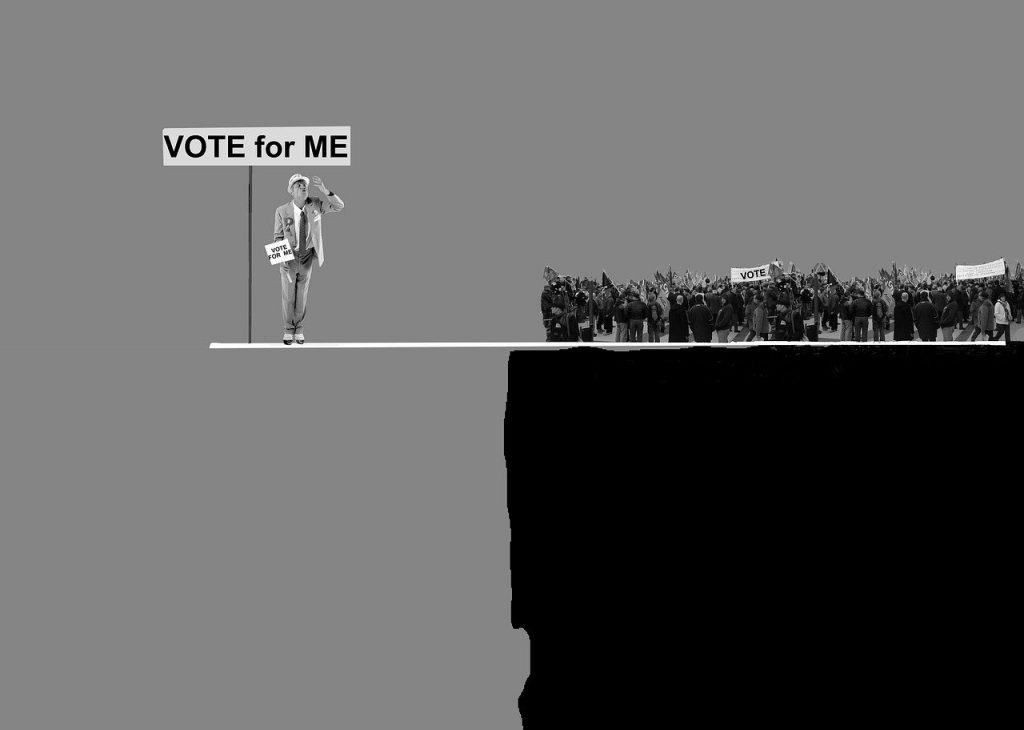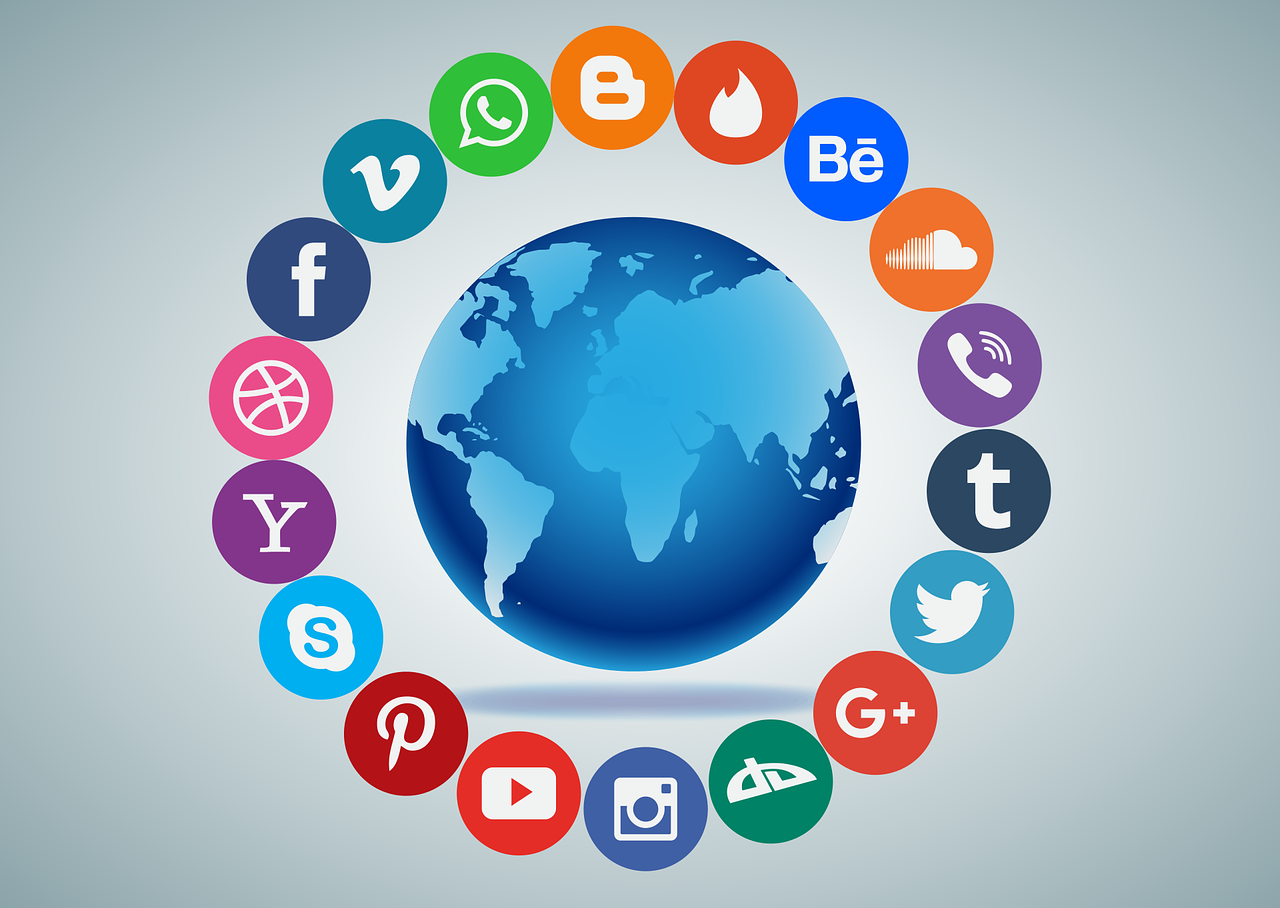Table of Contents
In the high-stakes arena of Indian politics, the Lok Sabha and Vidhan Sabha elections witness a flurry of social media activities as political parties vie for the attention and support of the electorate. Let’s explore some real-life tactics and references used by prominent Indian parties during these crucial electoral battles.
Understanding the Landscape of Indian Politics
The Lok Sabha elections, held every five years, determine the composition of the lower house of India’s Parliament, while Vidhan Sabha elections decide the composition of state legislative assemblies. These elections are pivotal moments where political parties unleash their arsenal of strategies to sway voters in their favor.
BJP’s Social Media Dominance
The Bharatiya Janata Party (BJP) has mastered the art of social media campaigning, with its 360-degree approach encompassing data analytics, targeted advertising, and grassroots mobilization. During the 2019 Lok Sabha elections, the BJP launched the “Main Bhi Chowkidar” campaign, leveraging Twitter to connect with voters and propagate its message of combating corruption and safeguarding national interests.
Congress’s Grassroots Outreach
The Indian National Congress, while lagging behind the BJP in terms of social media prowess, focuses on grassroots mobilization and door-to-door campaigning during elections. In the 2018 Rajasthan Vidhan Sabha elections, the Congress utilized WhatsApp groups and community meetings to engage with voters at the local level, addressing their concerns and garnering support for its candidates.
Personal Branding of Leaders
Leaders like Narendra Modi and Rahul Gandhi have emerged as prominent figures in Indian politics, each with a distinct social media persona. Narendra Modi’s Twitter account, with millions of followers, serves as a platform for direct communication with citizens, while Rahul Gandhi’s active presence on platforms like Facebook and Instagram humanizes his image and connects him with the youth demographic.
Utilization of Data Analytics
Political parties employ data analytics to identify voter preferences, target specific demographics, and tailor their messaging accordingly. During the 2019 Lok Sabha elections, the BJP employed Cambridge Analytica, a data analytics firm, to micro-target voters on social media platforms, enabling personalized messaging and maximizing electoral gains.
Amplifying Ground Campaigns
Social media acts as a force multiplier for ground campaigns, amplifying the reach and impact of traditional canvassing efforts. Parties like the Aam Aadmi Party (AAP) in Delhi harness social media platforms to organize rallies, town hall meetings, and volunteer drives, creating a buzz and generating momentum among supporters.
Leveraging Influencers and Celebrities
Influencers and celebrities wield considerable influence on social media platforms, and political parties often collaborate with them to amplify their message and reach a wider audience. During the 2019 Lok Sabha elections, several Bollywood celebrities endorsed political parties, lending their star power to campaign rallies and social media outreach initiatives.
Addressing Local Issues
Effective social media strategies involve addressing local issues and concerns that resonate with voters on the ground. Parties like the Telangana Rashtra Samithi (TRS) in Telangana leverage platforms like Twitter and WhatsApp to highlight their achievements in governance, address citizen grievances, and solicit feedback from constituents.
Engaging with Youth and First-time Voters
The youth demographic and first-time voters constitute a significant voting bloc, and political parties actively engage with them on social media platforms through memes, interactive quizzes, and youth-centric content. During the 2019 Lok Sabha elections, the Election Commission of India partnered with platforms like Snapchat to encourage voter registration and participation among the youth.
Conclusion
In conclusion, the social media battleground of Indian elections is characterized by a diverse array of strategies, ranging from data-driven micro-targeting to grassroots mobilization and influencer partnerships. As political parties continue to innovate and adapt to the evolving digital landscape, social media will remain a potent tool for shaping public opinion and influencing electoral outcomes.
FAQ
1. How do political parties leverage data analytics during elections?
Political parties use data analytics to identify voter preferences, target specific demographics, and tailor their messaging for maximum impact.
2. What role do influencers and celebrities play in social media campaigns?
Influencers and celebrities collaborate with political parties to amplify their message and reach a wider audience, leveraging their influence on social media platforms.
3. How do parties address local issues through social media?
Parties use social media to highlight their achievements, address citizen grievances, and solicit feedback on local issues that resonate with voters.
4. What strategies are employed to engage with youth voters?
Political parties engage with youth voters through memes, interactive quizzes, and youth-centric content on social media platforms to encourage voter registration and participation.
5. How does social media amplify ground campaigns during elections?
Social media acts as a force multiplier for ground campaigns, amplifying the reach and impact of traditional canvassing efforts through real-time updates, live streaming, and volunteer mobilization.


